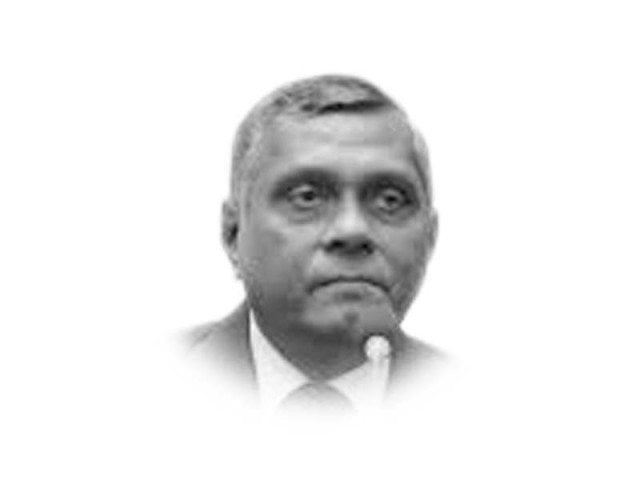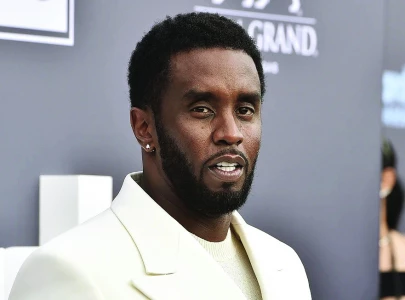
Since the formation of the new German government in November last year, the idea of the United States of Europe gained impetus. It was the French writer, Victor Hugo, who articulated his vision for the United States of Europe 170 years ago. French President Emmanuel Macron and German Chancellor Olaf Scholz are making history by transforming the 27-member European Union into the United States of Europe.
Victor Hugo states, “A day will come when the only fields of battle will be markets opening up to trade and minds opening up to ideas. A day will come when bullets and bombs will be replaced by votes; by universal suffrage of the peoples; by the venerable arbitration of a great sovereign senate, which will be to Europe what Parliament is to England, what this diet is to Germany, what the Legislative Assembly is to France. A day will come when we display cannon in museums just as we display instruments of torture today, amazed that such things could ever have been possible.”
Will the United States of Europe be a myth, or can it be transformed into a reality? In the last few hundred years, ideas to unite Europe from a fragmented to a conflict-ridden continent remained an uphill task. The end of the World War II was a turning point for unleashing the process of peace and stability in Europe. Proposals and plans ranging from Common European Home to Europe from Atlantic to the Urals were boosted by signing the European Coal and Steel Community in 1951 to the landmark treaty of Rome in 1957, which created the European Economic Community. However, the turning point was the Franco-German treaty of 1963 that paved the way for consolidating European cooperation.
The end of the cold war, the fall of the Berlin Wall, and the Soviet disintegration led to a further expansion of the European Economic Community. It ultimately led to the signing of the Maastricht Treaty in 1993 and the launching of the European Union. The vision to transform Europe with the free movement of people, goods, services and capital became a possibility and a source of inspiration for other regions of the world. Many European protagonists consistently demonstrated political will, acumen and determination for a united Europe. For instance, Pierre Dubois called for an alliance of Christian rulers under the French leadership. He suggested that the Christian powers should unite to maintain peace among themselves, and work through a common counsel and a court of arbitration. In 1461, King Podiebrad of Bohemia worked out a plan for a Federal Union of all Christian States with a permanent council to be located at Basle as its supreme authority. Members of the union were to arbitrate their differences and to assist each other in case of an attack.
During medieval and post-medieval Europe, these ideas seemed strange. However, history proved the willingness of European monarchs to promote trade, political and security alliances. In 1603, King Henry IV of France submitted a project on ‘Grand Dessein’ to other European countries — proposing a European federation of 15 states. The project suggested a redistribution of territory to create equality amongst the states. Any disputes would be settled by arbitration and a joint military force would maintain peace. In 1623, Emeric Guce proposed a universal organisation to the princes and monarchs of Europe. The organisation was not limited to Christian rulers and would mainly promote trade. He emphasised increased trade, practical arts, travel, exchange of currencies and the standardisation of weights and measures. In his proposal, an assembly of permanent accredited ambassadors would hear disputes and decisions would be made by a majority vote. If necessary, enforcement would be made by mutual sanctions.
In 1694, William Penn published an essay titled ‘Toward the recent and future peace of Europe’. In the following century, Abbe de Saint-Pierre circulated his ‘plan of perpetual peace’ among all rulers and philosophers in Europe. He suggested a series of bureaus to develop cooperation in commercial law, weights and the monetary system.
A landmark event that further galvanised the idea of peaceful Europe was the Congress of Vienna 1814-15 following the defeat of Napoleon Bonaparte. Four other Congresses were held from 1815-1822 among the members of the Quadruple Alliance i.e. Great Britain, Prussia, Russia, and the Austrian-Hungarian empire for developing common policies. The Congress of Vienna that met between September 1814 and June 1815 was an assembly of allied powers to regulate in general congress and the arrangements would complete the provision of the Paris treaty of May 1814. On 8th February 1815, the Congress of Vienna declared that they looked forward to the universal abolition of the slave trade. The signatory states in Vienna also pledged to regulate their activities dealing with navigation in European rivers. In the case of the Rhine River, Congress made a provision for an elaborate international control of the commission. This was the first statute of its kind in the history of modern international organisations. Diplomatic ranks were also standardised during the congress.
The Congress of Vienna laid the foundation of the Concert of Europe that lasted from 1815 to 1914. It was a semi-international organisation with specific orders and regulations. It was a legal machine for consultation among the five front powers. However, with the death of Czar Alexander I, the Concert of Europe lost its significance. Its last show of force was the 1856 Congress of Paris, which ended the Crimean War. The Concert of Europe maintained fragile peace in Europe till the outbreak of the first world war in June 1914.
One can draw two lessons from back-to-back events from 19th century Europe till the end of the World War II, as follows:
First, the Franco-German reconciliation made it possible to establish the European Economic Community and European Union. It seems the current Franco-German leadership will move further to establish the United States of Europe because that is the only way to cope with threats emanating from the Russian federation and conflict over Ukraine. With a population of 300 million and a GDP of 17 trillion dollars, the European Union aspires to overtake the US and China in the years to come.
Second, it depends on the core of the European Union composed of France, Germany, Italy, Belgium, the Netherlands and Austria how they prevail over other peripheral members on reaching new arrangements for the United States of Europe. To give a legal shape to transform the European Union into the United States of Europe, member countries will have to opt for a referendum so that ‘fortress Europe’ with maximum autonomy can be guaranteed.
Published in The Express Tribune, January 23rd, 2022.
Like Opinion & Editorial on Facebook, follow @ETOpEd on Twitter to receive all updates on all our daily pieces.














COMMENTS (2)
Comments are moderated and generally will be posted if they are on-topic and not abusive.
For more information, please see our Comments FAQ